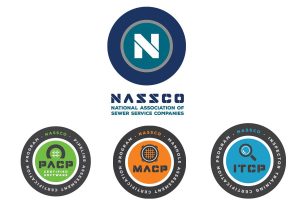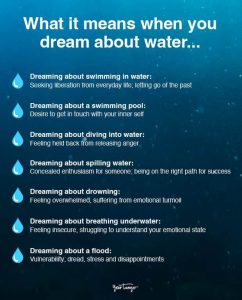How’s the Automotive Industry Handling the brand new Industrial Revolution?
Bill Gates is purported to have once quipped that “If GM had stored track of technology such as the computer industry has, we’d be driving $25 cars that got 1,000 MPG.” Although the authenticity of the quote is questionable, it’s been circulated through the internet for a long time because there’s something concerning the sentiment that rings in keeping with us. It certainly doesn’t appear the automotive industry has stored track of evolving technology the way in which the pc industry has.
This can be due partly towards the manufacturing infrastructure which has evolved through the years. Making sweeping upgrades to equipment and/or processes appears a really costly and dangerous proposition. When you enhance the truth that many automobile manufacturers today find it difficult to find enough interest in their current supply, you can easily realise why checking up on the most recent technology is not always a high priority.
The issue with this particular reluctance, though, is the fact that automobiles aren’t affordable consumables that individuals buy casually. Customers expect vehicles in the future using the greatest standards of safety and efficiency. Customers expect the most recent technology possible. Just how can manufacturers maintain this interest in innovation without altering their processes?
It appears that some manufacturers are starting to embrace the methods from the modern industrial world, and therefore are finding methods to align their business models using the current wave of interconnectivity and streamlined automation.
Honda Manufacturing of Alabama
Honda’s largest light truck production facility on the planet – a 3.seven million sq . ft . plant – was confronted with an issue very present with large manufacturing facilities. Through the years, a variety of automation systems were brought to help streamline production. With operations including blanking, rubber stamping, welding, painting, injection molding, and lots of other processes involved with producing as much as 360,000 vehicles and engines each year, it’s not surprising they found themselves battling to integrate PLCs from multiple manufacturers, multiple MES systems, analytic systems, and database software from various vendors.
Obviously, on the top of those legacy systems, Honda ongoing to layer a range of smart devices around the plant floor and embed IT devices in plant equipment. The complexness created by this variety of automation systems switched to be slowing lower the operations these were meant to streamline.
After reorganizing their business structure to merge IT and plant floor operations right into a single department, Honda began to deploy a brand new automation software platform that enabled these to gather PLC data using the data originating from MES and ERP software in a typical interface that permitted the whole enterprise to become managed via a single system. This permitted Honda to handle and evaluate much bigger data sets that revealed new possibilities for more optimization. Although this reorganization needed a substantial investment of sources, these were able realize benefits immediately, and eventually positioned themselves to keep an aggressive edge with the next decade or even more.
Ford Motor Co.
Ford Motor Company operates a worldwide network of producing operations, and also have struggled when attempting to advertise collaboration and share guidelines between their various plants. They found an answer using technology in line with the Google Earth infrastructure.
Ford could create a cloud-based application that stores 2D and 3D representations of Ford’s global manufacturing facilities, and enables users to travel through these virtual environments, place pins, and upload video, images and documents to those pins which are shared throughout Ford’s global operations. Engineers and operators can share details about current plant conditions and operations, which may be utilized instantly from all over the world. The accrued data can be used as training in order to update standard procedures. By developing a global collaborative tool, Ford has produced a method of making certain that every single one of the employees has got the latest, most accurate information about how to best execute a particular task or how to prevent an issue which was experienced elsewhere.












